

A regal backdrop for you, your friends and family to enjoy.
Nestled in the heart of the Eden Valley, Calthwaite Hall emerges as a beacon of enchantment. This majestic estate, steeped in history, stands as the pinnacle of beauty in a region famed for its natural splendor. It is an ideal base for those eager to delve into the wild landscapes of the Lake District, bask in the sunlit shores of the Cumbrian coast, or traverse the storied realms of the Scottish Borders and the ancient fortifications of Hadrian's Wall. Each corner of Calthwaite Hall whispers tales of the past, inviting visitors to partake in its timeless allure and discover the secrets of this storied land.
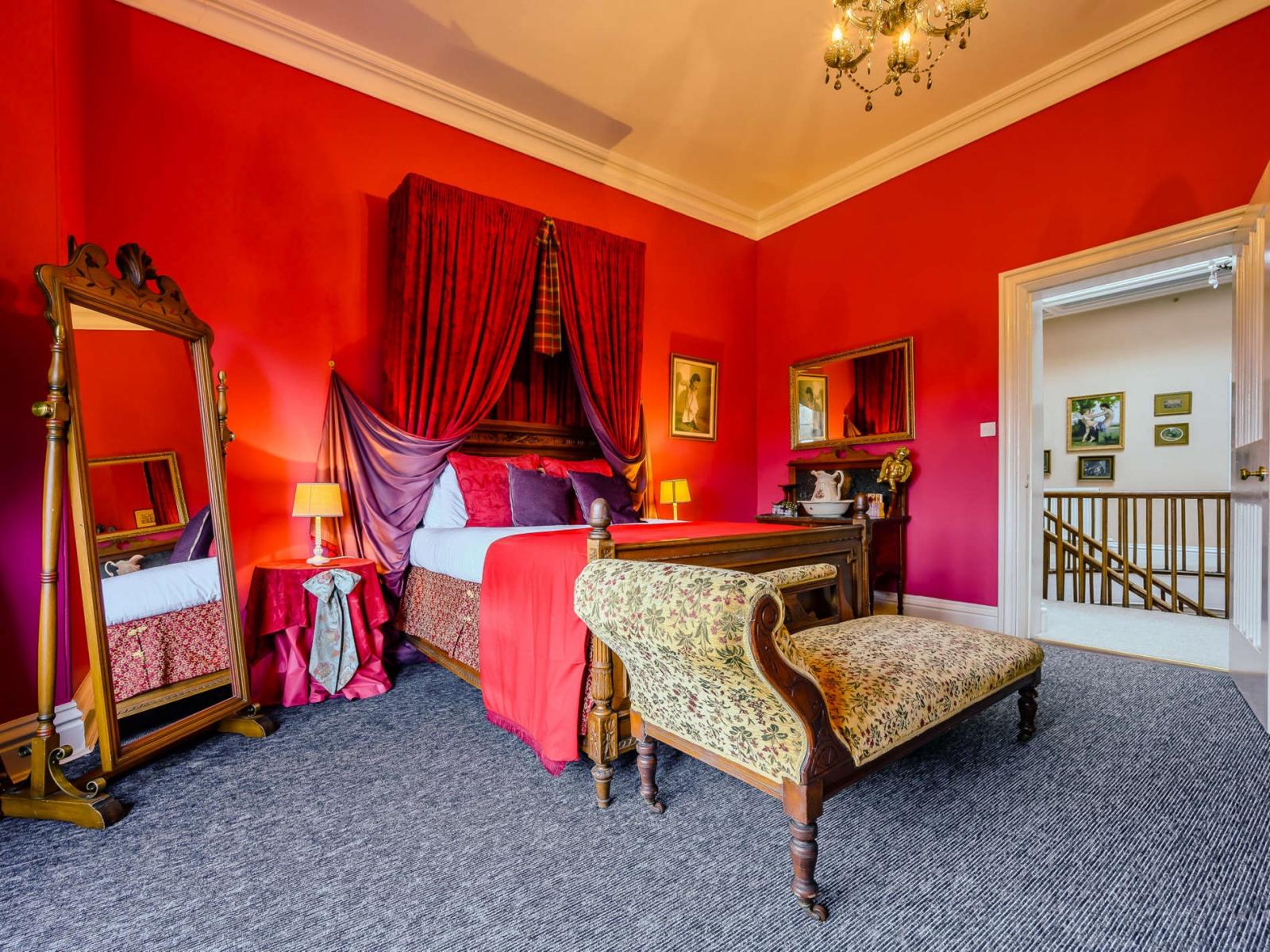
Luxury Bed & Breakfast
With 2 fantastic rooms to choose from, Enjoy a Bed & Breakfast Experience like no other. Visit Booking.com for availability and latest prices
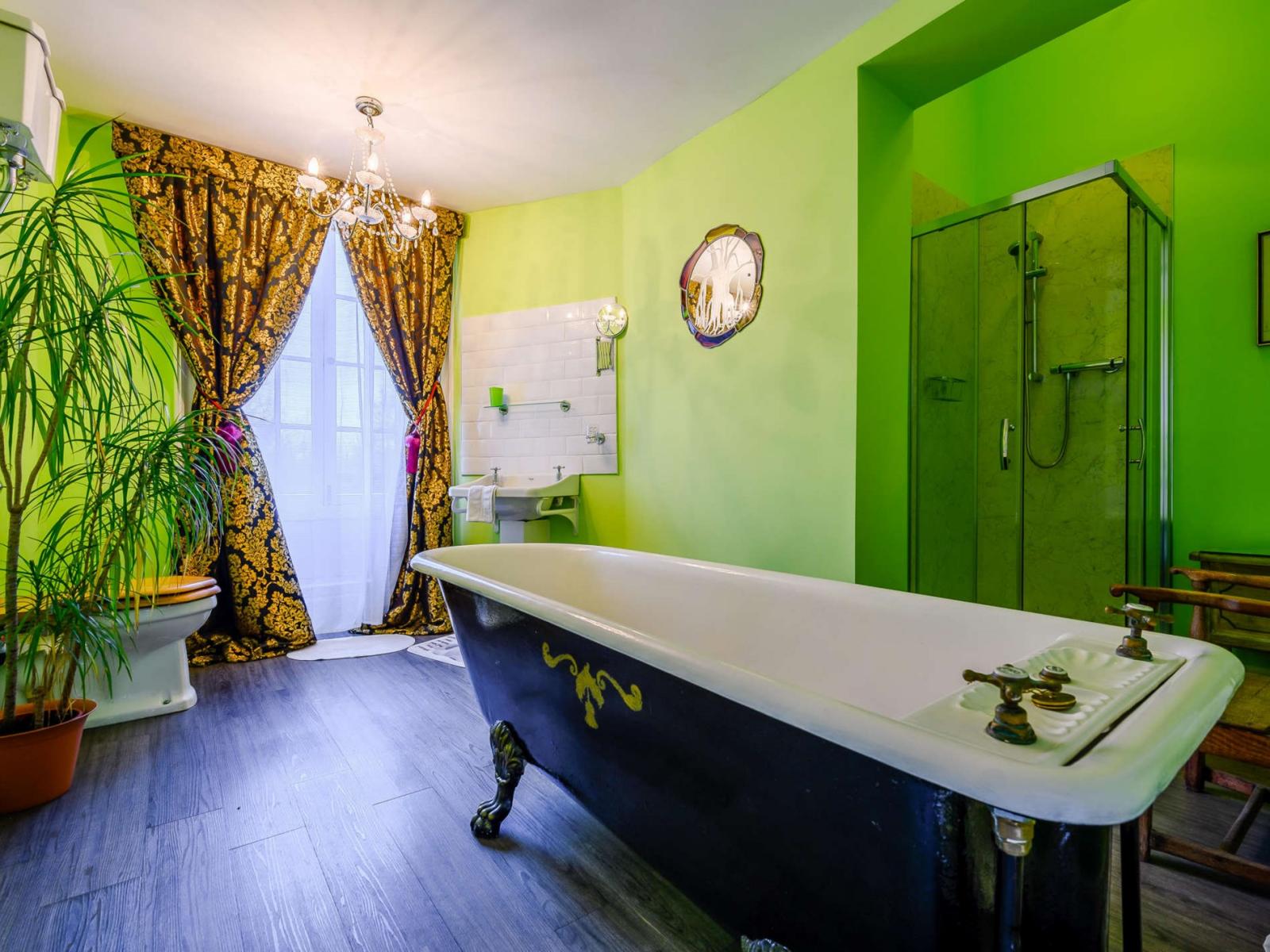
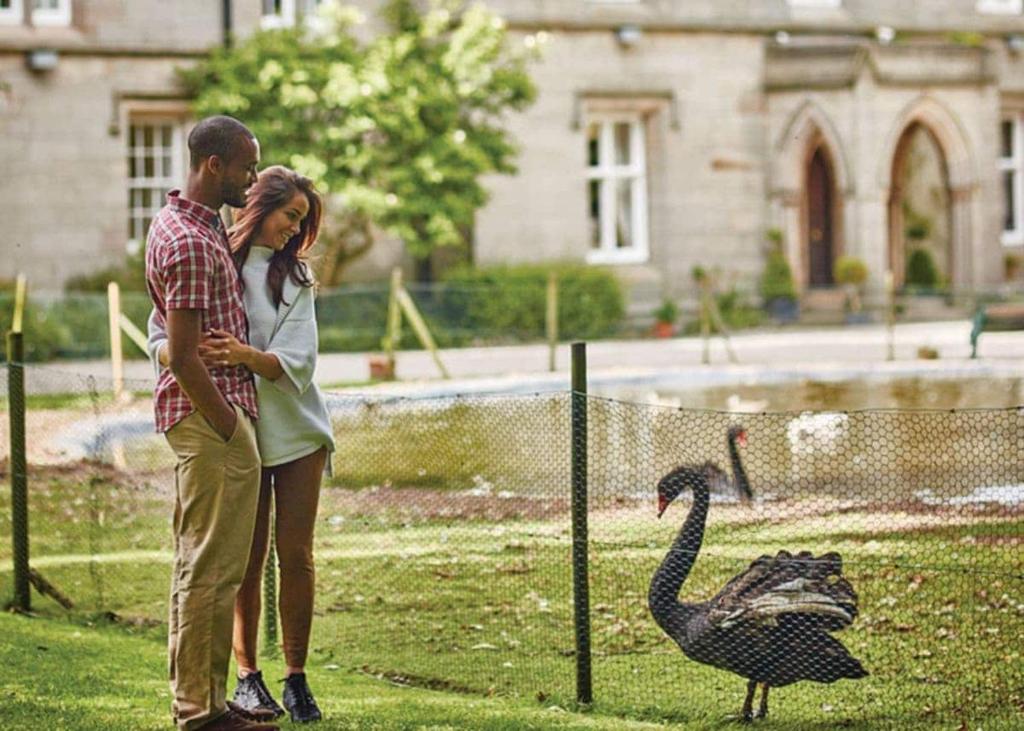
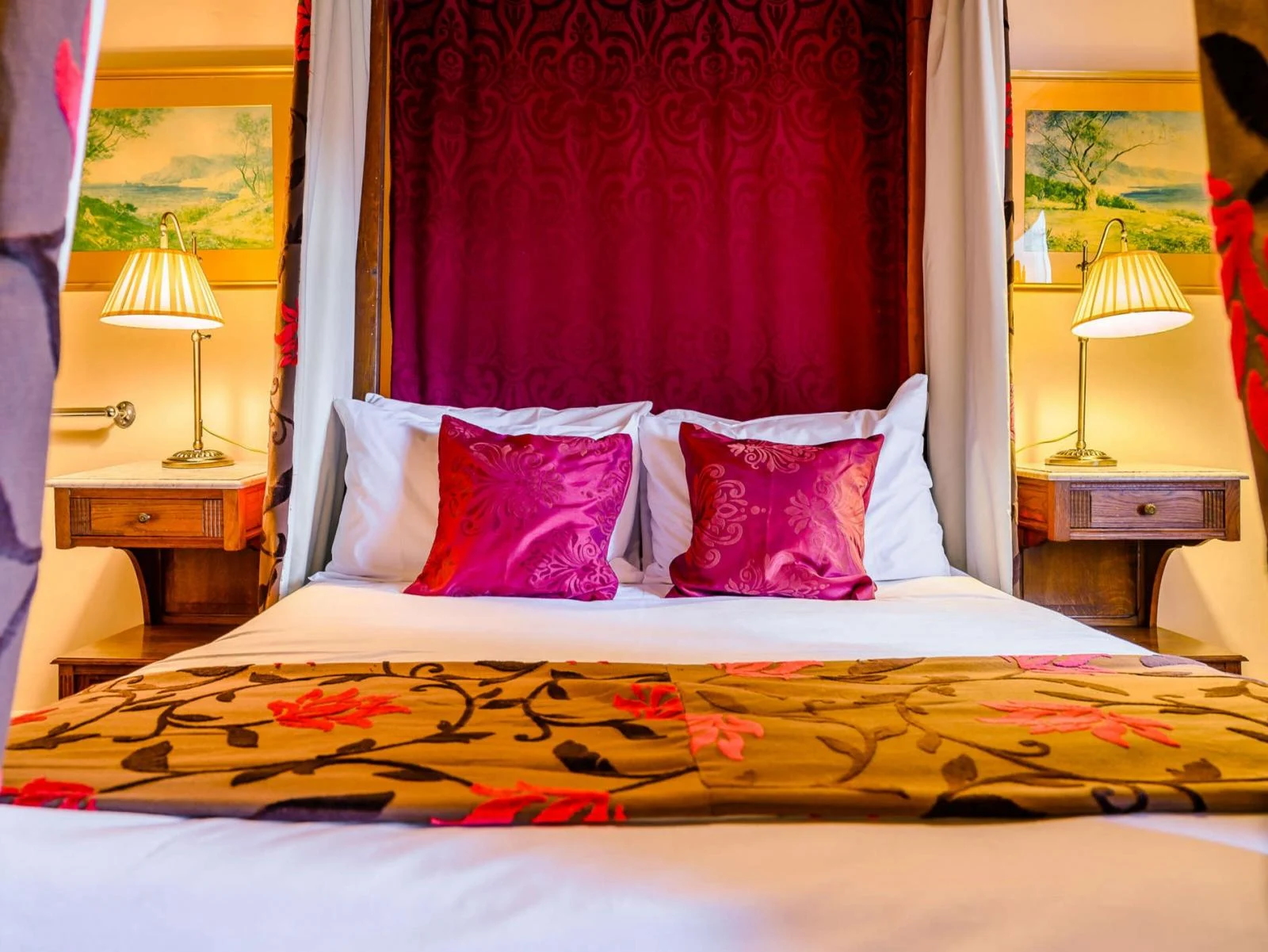
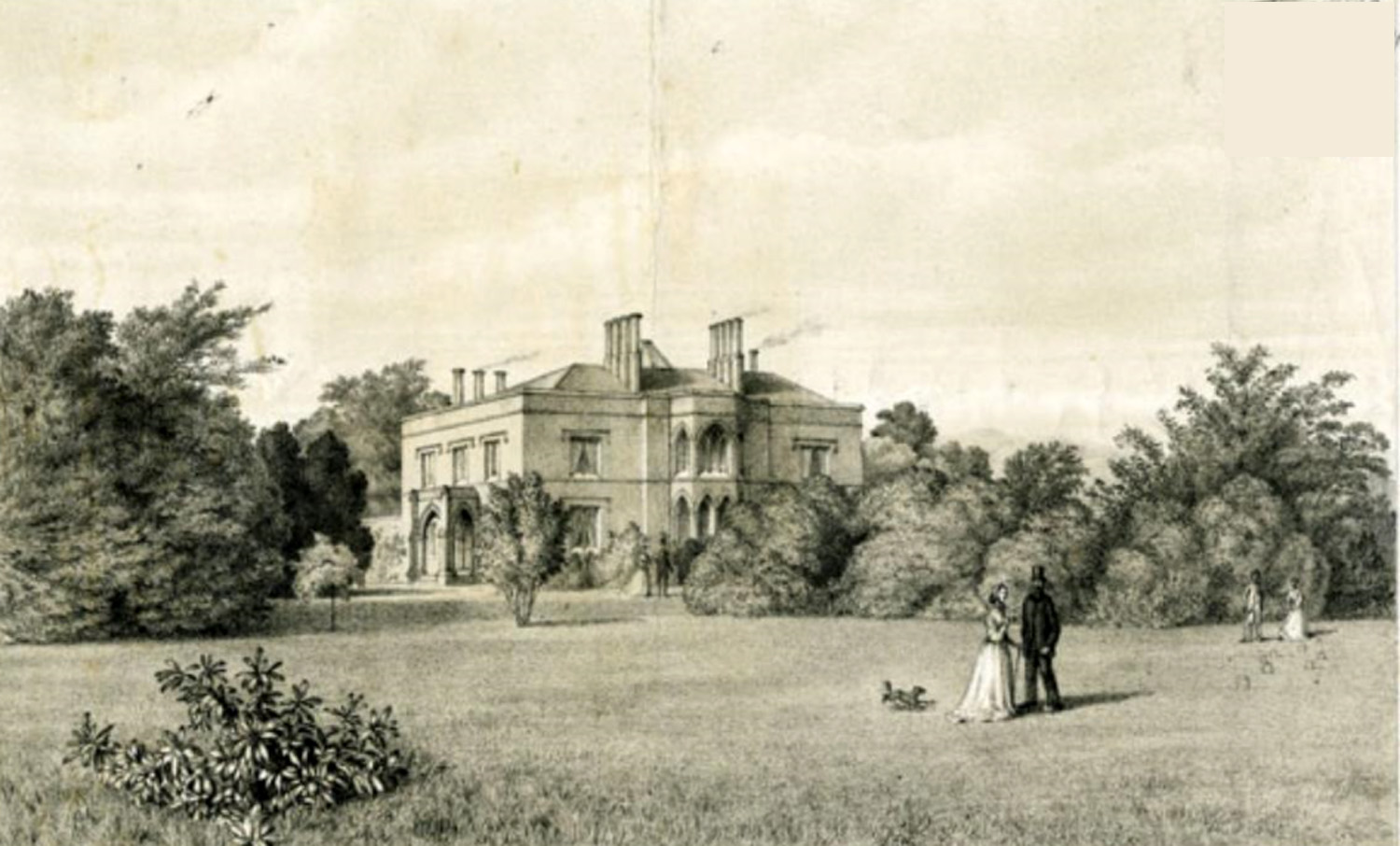
History Of Calthwaite Hall
Calthwaite Hall stands as a monument of historical importance, proudly listed as Grade II on the National Heritage List for England. For more than a century and a half, it has served as the residence of numerous distinguished individuals.
Early Residents
Thomas Dixon (1799–1846) built Calthwaite Hall in 1837. His father, also called Thomas Dixon, had bought the Calthwaite Estate in 1791 from the Duke of Devonshire for the sum of £7000.00. It seems that there was a house here at this time which was altered by Thomas’s father, as a book written in 1811 refers to "Calthwaite Hall, the improved mansion of Thomas Dixon".
Thomas was a solicitor who had a business in Carlisle. In 1830 he married Mary Jane Parker, who was the daughter of Christopher Parker, a wealthy landowner who owned Petteril Green. When he built the new Calthwaite Hall in 1837, he employed the famous landscaper William Sawrey Gilpin to lay out the gardens. A description of the property was contained in a directory of 1847. It stated:
Calthwaite Hall occupies a beautiful situation, contiguous to the village, commanding an extensive view of the fells and surrounding country, and was built about ten years ago by the late Thomas Dixon, Esq. It is in the Elizabethan style of architecture, with a Gothic porch in the south front, and a corresponding Gothic centre in the east front. The entrance hall is exceedingly pretty, and the stair case, pillars, etc are very elegantly carved. The whole building is of cut stone.
By 1843 Thomas Dixon was incarcerated in Carlisle Gaol after been charged with unpaid debts and the Hall was sold a number of times
Joseph Harris (1859–1946) bought Calthwaite Hall in about 1885. He is shown in the 1891 Census living there with some of his family and a butler, cook, maid, two housemaids and a kitchen maid. He was born in 1859 in Greysouthen, Cumbria. He was part of a wealthy family who were long established land and colliery owners in this area. He went to school at Aldin House, Slough. In 1895 he was the High Sheriff of Cumberland. He married Hope Knowles (1873–1947) in 1896, and the couple had three children. In 1901 he commissioned the famous architect Sir Robert Lorimer to build Brackenburgh. The 1901 Census lists Lorimer as a visitor at Calthwaite Hall. Brackenburgh was completed in about 1903, and the family moved there and rented Calthwaite Hall to various tenants. One of the first was Viscount Morpeth.
Later Residents
Viscount Morpeth, whose full name was Charles James Stanley Howard and later became the 10th Earl of Carlisle (1867–1912), rented Calthwaite Hall in about 1905 as his country residence. Charles was born in 1867 in London. His father, George James Howard, owned Castle Howard and Naworth Castle. He went to Oxford University and obtained a BA in 1889. In 1894 he married Rhoda L’Estrange, and the couple had four children. He fought in the Boer War and was a Member of Parliament. He inherited his father’s title in 1911.
After the Howard family left, Hubert Lawrence (1859–1939) was the tenant for many years. He was a wealthy East India Merchant who married late in life at the age of 53. He was interested in sporting and social activities. He lived at Calthwaite Hall with his wife Mary until his death in 1939.
During WW2 the Hall was used as a convalescent home for wounded servicemen by the War Ministry and then was later occupied by a Girl’s school. German and Italian Prisoners of War toiled on the farm and often took afternoon tea at the hall.
Recent History
In 1950 the Hall and the farm were let to the Pattinson family who were instrumental in the initial production of semi-skimmed milk which they discovered as a by-product of their award winning Jersey cream and ice-cream. For nearly 50 years, the rhythm of life had been set by a daily procession, blocking the road at breakfast and tea-time as their herd of Jersey Cows would wind between red sandstone cottages, past the Globe Inn and on to Calthwaite Hall Farm. In 2008 the Pattinson’s retired from farming after selling the Jersey herd and the house lay empty until 2010 when it was purchased by the current owners who restored it to its former glory transforming it into a wedding venue and accommodation facility.
The Hall is Grade 2 listed with particular note to the staircase and the Portuguese Sweet Chestnut Tree and was visited by the Historic Homes Society for these very reasons as they had never seen a staircase of this style and this was described as one of their most enjoyable visits ever.

